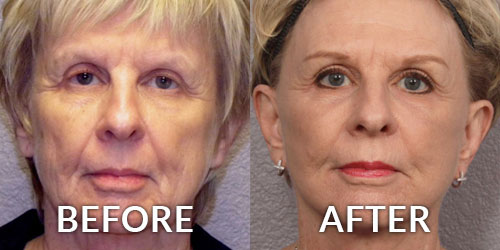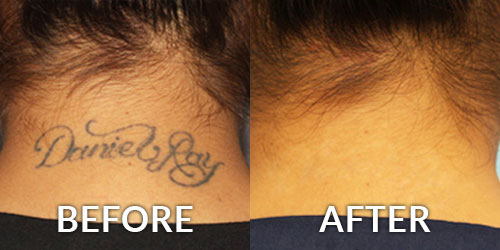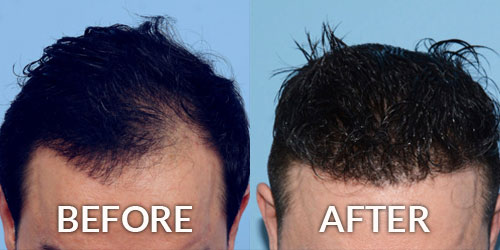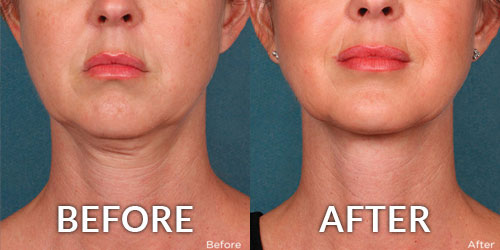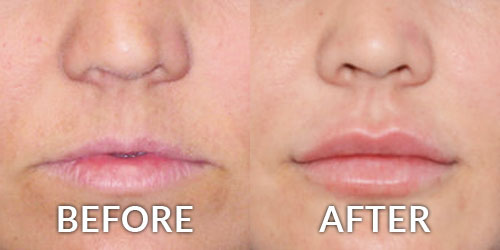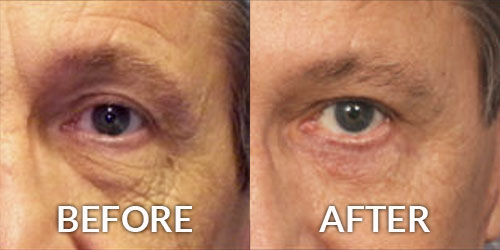Toenail Fungus (Onychomycosis)
Consultations offered at our two convenient locations in Phoenix and Scottsdale
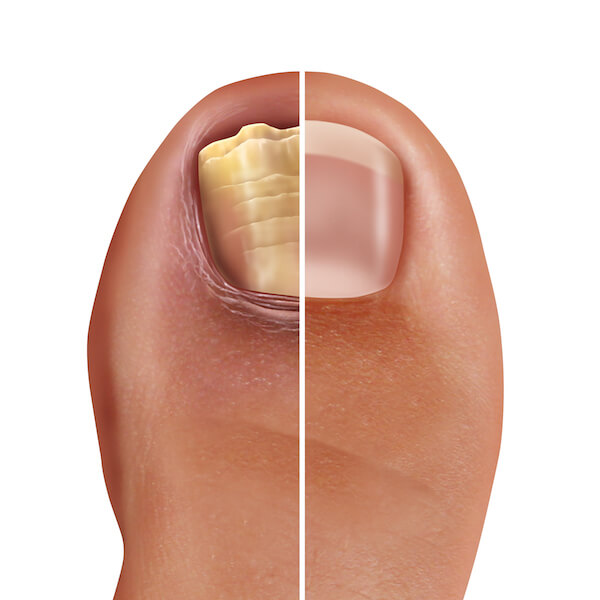
Onychomycosis, commonly known as a toenail fungus or fingernail fungus, is typically caused by a fungus group known as dermatophytes (reek).
Dermatophytes cause infections in nails due to their ability to obtain nutrients from keratin, which is what the nails are made of. Molds and yeast can also be responsible for nail fungal infections as well.
Contents
What Causes Onychomycosis?
Most causes of a toenail fungus or fingernail fungus are related to moisture, age, and medical conditions.
Moisture
Perspiring heavily, being in a humid or moist environment, wearing socks and shoes that hinder ventilation and do not absorb perspiration or going barefoot in damp places such as swimming pools, gyms and shower rooms are just some of the factors that promote fungus.
Age
As we grow older, our blood circulation slowly diminishes, which leads to slower healing on the hands and feet, resulting in a reduced ability for the body to naturally defend itself. Additional age related causes are lifetime exposure to fungus and slowing of nail growth.
Family history, psoriasis, diabetes, circulation problems and immune system disorders also increase our risk for fungus. Any trauma to the nail or the surrounding skin can also lead to onychomycosis.
Water
Professions that require constant hand washing or wet work provide a fertile environment for fungus to thrive.
Symptoms of Onychomycosis
Yellow nails may be a sign of onychomycosis, but nail fungus can also be white, black or green. Other symptoms may include thickened, brittle, ragged or distorted nails that are dull with no luster or shine. Infected nails may also separate from the nail bed, a condition called onycholysis. Pain may occur with this condition as well as a slightly foul odor.
If you are experiencing any of these symptoms, please schedule an appointment with Phoenix Skin Dermatology for proper diagnosis and treatment of toenail fungus or fingernail fungus.
Onychomycosis Diagnosis
Our board certified medical providers will examine your nails during an office visit and most likely biopsy specimens of the infected area for laboratory examination. This is necessary to identify the cause of the infection (fungi, mold or yeast) or properly identify the cause if it is not onychomycosis.
Onychomycosis Treatment
Once results from laboratory examination are received, a specialized Onychomycosis treatment plan that involves an anti-fungal medication will be given. Anti-fungal medications can either be topical (applied to affected area), oral (by mouth) or both.


